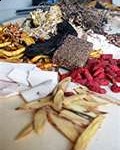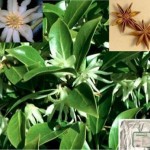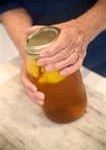 Rheumatoid Arthritis is an extremely debilitating disease. A dear friend suffers with it and has for years. But at 80 years old now, she won’t consider doing much to change her ways. I wish I could convince her that Chinese herbs have been used successfully for this crippling disease. I’m always trying to disseminate reliable and scientific information about Chinese herbs. Hope this helps someone who also suffers from RA.
Rheumatoid Arthritis is an extremely debilitating disease. A dear friend suffers with it and has for years. But at 80 years old now, she won’t consider doing much to change her ways. I wish I could convince her that Chinese herbs have been used successfully for this crippling disease. I’m always trying to disseminate reliable and scientific information about Chinese herbs. Hope this helps someone who also suffers from RA.
An article published in the Aug 2009, Annals of Internal Medicine compares the use of a Chinese herb for the treatment of Rheumatoid Arthritis, (RA). 121 patients were included in the study which took place at the National Institute of Health in Bethesda Maryland and at the University of Texas, Dallas, along with 8 other rheumatology clinics around the U.S. The Chinese herb medicinal used in this study is called Tripterygium wilfordii, or Thunder god vine and is used for a variety of inflammatory diseases in Chinese Medicine. In fact, because vines have a climbing nature and are able to meander and crawl into crevices and into tight places, it is theorized in Chinese Medicine that medicinal vines have the same type of effects in the body. Reaching into tight spaces and meandering and opening blockages throughout the body. This may not scientifically explain why the vine helps RA, but it does makes sense energetically.
Understandably, Western audiences have not been exposed to Chinese Medicine theory, therefore, I”ll include the scientific explanation presented in this study. The “interleukin-6 levels rapidly and significantly decreased in the group taking the Chinese herb root extract.” (interleukin-6 plays a significant role in RA because it acts as both a pro-inflammatory and anti-inflammatory. It is secreted by T cells and macrophages to stimulate immune response to trauma and other tissue damage leading to inflammation) This just may be the explanation as to why participants in the RA study showed “significant improvement “ while taking this Chinese herb compared to those who did not complete the study.
The bottom line, the roots of Thunder god vine seems effective in treating patients with active RA and may offer an alternative treatment approach to treating rheumatoid arthritis. To find someone who can help you with your RA and use herbs like this vine to help your condition, find a qualified Acupuncturist who has a strong background in herbal medicine. Let us know if you need a referral.
Read the whole study here.

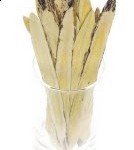
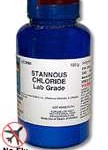


 I’ve always enjoyed my vacation time in Minnesota. I happened to be in Minneapolis for it’s Bi- centennial celebration a few years back. They had more than an hour of the most amazing fireworks I’ve ever seen. If you’ve never been there it’s truly the heart-land of America. Real people, real friendly. I had to blog on this news that Minnesota, not on a coast and not really considered the health crazed capital of the country is leading the way with equal access laws regarding alternative medicine practitioners. This new law takes affect and applies to insurance coverage issued, renewed or continued on or after Aug.1, 2009 Very exciting, the next step is on the national level with Medicare.
I’ve always enjoyed my vacation time in Minnesota. I happened to be in Minneapolis for it’s Bi- centennial celebration a few years back. They had more than an hour of the most amazing fireworks I’ve ever seen. If you’ve never been there it’s truly the heart-land of America. Real people, real friendly. I had to blog on this news that Minnesota, not on a coast and not really considered the health crazed capital of the country is leading the way with equal access laws regarding alternative medicine practitioners. This new law takes affect and applies to insurance coverage issued, renewed or continued on or after Aug.1, 2009 Very exciting, the next step is on the national level with Medicare.
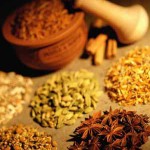

![ginger[1] ginger[1]](http://www.pacherbs.com/wp-content/uploads/2009/08/ginger12-150x150.jpg)
 Drink Ginger tea”
Drink Ginger tea”